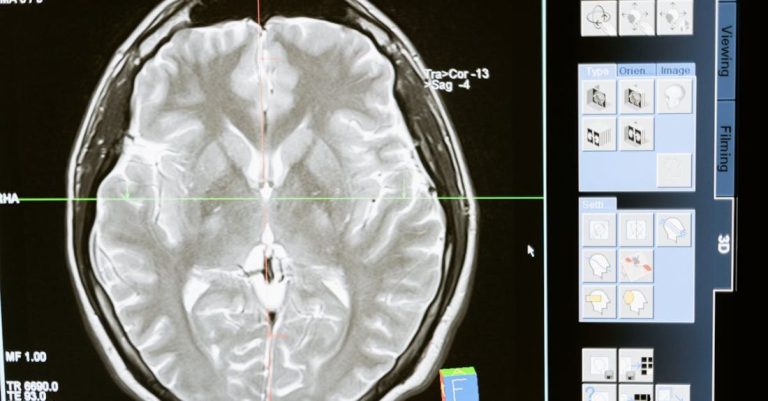
In the intricate world of bioinformatics, the ability to extract meaningful insights from vast amounts of data is crucial for advancing scientific research and discoveries. Data visualization plays a pivotal role in this field by transforming complex datasets into easily digestible visual representations. Through the use of graphs, charts, and other visual tools, researchers can uncover patterns, trends, and relationships within biological data that may otherwise go unnoticed. This article delves into the significance of data visualization in bioinformatics and how it enhances data analysis and interpretation.
Enhancing Data Comprehension
One of the primary reasons why data visualization is indispensable in bioinformatics is its capacity to enhance data comprehension. When dealing with massive datasets containing genetic sequences, protein structures, or metabolic pathways, it can be challenging to make sense of the information without visual aids. By representing data visually, researchers can quickly identify correlations, outliers, and clusters within the data, leading to more informed decision-making and hypothesis generation. Visualizations provide a holistic view of complex biological systems, allowing researchers to grasp the underlying patterns and mechanisms driving biological processes.
Identifying Patterns and Trends
Data visualization serves as a powerful tool for identifying patterns and trends in bioinformatics data. By plotting data points on graphs or charts, researchers can detect trends over time, compare different datasets, and uncover hidden relationships between variables. For example, visualizing gene expression patterns across different tissues or conditions can reveal insights into gene regulation and function. Similarly, visualizing protein-protein interactions can help in understanding complex biological networks and signaling pathways. The ability to visualize data in various ways enables researchers to extract valuable insights that may lead to breakthrough discoveries in the field of bioinformatics.
Facilitating Data Exploration
In bioinformatics, data exploration is a critical stage in the research process, where scientists delve into the data to uncover meaningful insights and patterns. Data visualization tools enable researchers to explore data interactively, allowing them to manipulate visualizations, zoom in on specific data points, and filter out irrelevant information. This interactive approach to data exploration promotes a deeper understanding of the data and enables researchers to ask more targeted research questions. By engaging with data visually, researchers can explore different hypotheses, test assumptions, and gain new perspectives on complex biological phenomena.
Improving Communication and Collaboration
Effective communication and collaboration are essential in bioinformatics research, where multidisciplinary teams work together to tackle complex biological problems. Data visualization plays a crucial role in facilitating communication among team members by providing a common visual language for sharing and interpreting data. Visualizations help researchers communicate their findings more effectively, making complex data accessible to a wider audience. Collaborators from diverse backgrounds, such as biologists, computer scientists, and statisticians, can easily grasp the key insights from visualizations, leading to more productive discussions and collaborations.
Enhancing Decision-Making
In bioinformatics research, data-driven decision-making is paramount to advancing scientific knowledge and driving innovation. Data visualization empowers researchers to make informed decisions by presenting data in a clear and intuitive manner. Whether prioritizing targets for drug discovery, selecting candidate genes for further analysis, or optimizing experimental protocols, visualizations provide valuable insights that guide decision-making processes. By visualizing data, researchers can assess the impact of different variables, evaluate the effectiveness of experimental interventions, and identify potential areas for further investigation.
In conclusion, data visualization plays a pivotal role in bioinformatics by enhancing data comprehension, identifying patterns and trends, facilitating data exploration, improving communication and collaboration, and enhancing decision-making. By harnessing the power of visual representations, researchers can unlock the full potential of complex biological data and accelerate discoveries in the field of bioinformatics. As technology continues to advance, the role of data visualization in bioinformatics will only grow in importance, shaping the future of scientific research and innovation.





